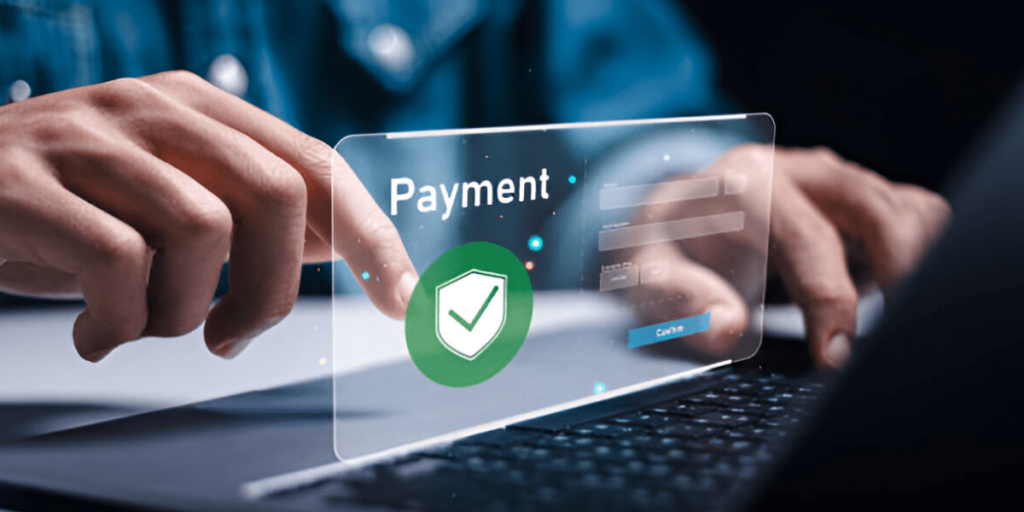Local PPC targeting is an essential strategy for businesses aiming to reach potential customers within a specific geographic area. Unlike broad PPC campaigns, local PPC targeting allows advertisers to focus their budget on users who are more likely to convert due to their proximity or location relevance. This method leverages location data to create highly relevant ads that appear when a user searches for services or products near them. Local PPC targeting not only improves ad relevance but also enhances return on investment (ROI) by reducing wasted spend on distant or uninterested audiences.
Why Local PPC Targeting Matters for Small Businesses
Small businesses thrive on local customers, making local PPC targeting a crucial marketing tactic. By honing in on users within a defined radius or city, businesses can compete more effectively against larger competitors who may dominate national or global ad campaigns. This targeted approach ensures ads reach the most relevant audience, driving foot traffic to physical stores and increasing leads for service-based companies. Local PPC targeting creates opportunities for small businesses to build brand awareness in their community and establish a loyal customer base.
How Local PPC Targeting Works
Local PPC advertising works by using geographic parameters to control where ads are shown. Platforms like Google Ads and Bing Ads offer location targeting options that allow advertisers to specify countries, states, cities, or even radius around a physical address. These settings enable ads to appear only to users within the selected areas, enhancing campaign precision. Additionally, local PPC advertising can include bid adjustments for certain locations, optimizing ad spend toward high-value or high-converting areas. This geographic focus is often paired with other targeting methods such as device, time of day, and demographics to maximize campaign effectiveness.
Benefits of Using Local PPC Targeting
The primary benefits of local PPC advertising include increased relevancy, higher click-through rates, and improved conversion rates. Ads targeted to local users tend to resonate better because they reflect the immediate needs and context of the audience. This relevance boosts user engagement and drives more qualified traffic to websites or physical stores. Moreover, local PPC advertising helps reduce costs by eliminating impressions from irrelevant locations, ensuring ad budgets are spent efficiently. Businesses can also use location data to gain insights into which areas perform best, informing broader marketing strategies.
Common Platforms for Local PPC Targeting
Several advertising platforms support local PPC advertising , with Google Ads being the most prominent due to its vast reach and sophisticated targeting tools. Google Ads allows precise location targeting along with features such as location extensions and call tracking, which are particularly useful for local campaigns. Bing Ads offers similar capabilities and can be a cost-effective alternative or complement to Google campaigns. Social media platforms like Facebook, Instagram, and LinkedIn also provide robust location targeting options, enabling businesses to reach local audiences based on geographic, demographic, and interest data.
Strategies to Optimize Local PPC Targeting

To maximize the impact of local PPC targeting, businesses should focus on creating location-specific ad copy and landing pages. Customized messaging that highlights local landmarks, neighborhoods, or regional offers can significantly improve engagement. Using localized keywords in ads and site content also helps improve quality scores and ad relevance. Additionally, setting up geo-fencing around competitor locations can attract users who are actively searching for alternatives nearby. Regularly analyzing location performance data allows for continuous refinement of bids and targeting parameters, ensuring resources are allocated where they deliver the best results.
Challenges in Local PPC Targeting and How to Overcome Them
While local PPC advertising offers many advantages, it also comes with challenges such as inaccurate location data, overlap of geographic areas, and competition within densely populated regions. Sometimes users’ IP addresses or device locations might not reflect their actual position, causing ads to be shown to irrelevant users. To overcome these issues, advertisers should use radius targeting carefully and complement it with negative location exclusions. Monitoring search terms and refining geographic settings regularly can reduce wasted impressions. Utilizing advanced features like location bid adjustments and scheduling ads based on peak local activity times also helps mitigate inefficiencies.
Measuring the Success of Local PPC Targeting Campaigns
Tracking performance metrics specific to local PPC advertising is crucial for evaluating campaign success. Key indicators include local click-through rates (CTR), conversion rates from targeted locations, cost per acquisition (CPA), and in-store visits if trackable. Using tools like Google Analytics and Google Ads location reports, advertisers can gain insights into which areas are driving the most valuable traffic. Heat maps and geographic performance dashboards further assist in visualizing campaign effectiveness by region. This data enables marketers to make informed decisions on budget allocation and targeting adjustments.
The Role of Mobile in Local PPC Targeting
Mobile devices play a pivotal role in local PPC advertising as consumers increasingly search for local businesses on their smartphones. Mobile searches often have high intent and immediacy, making mobile-targeted local PPC ads particularly effective. Features like click-to-call and location extensions enhance user experience by allowing quick contact or directions to a business. Optimizing ads for mobile devices, including fast-loading landing pages and clear calls to action, is essential. Local PPC advertising combined with mobile strategies ensures businesses capture the on-the-go local audience who are ready to engage immediately.
Integrating Local PPC Targeting with Other Marketing Channels
For the best results, local PPC targeting should be integrated with other local marketing efforts such as SEO, social media marketing, and offline promotions. Consistent messaging and offers across channels reinforce brand recognition and trust within the community. Combining PPC data with insights from local SEO rankings can identify additional keywords and content opportunities. Social media platforms can amplify PPC campaigns through targeted organic and paid posts. Offline marketing like events or sponsorships can be promoted through local PPC ads, creating a seamless experience for local customers and strengthening overall brand presence.
Future Trends in Local PPC Targeting
The future of local PPC advertising will be shaped by advancements in AI, machine learning, and location technology. Automated bidding strategies that use real-time location data will become more precise and efficient. Enhanced geo-fencing and beacon technology will allow businesses to target users in ultra-specific locations such as within a store or at an event. Voice search and smart assistants are also expected to drive more local queries, requiring adaptation of ad strategies to conversational keywords. Furthermore, privacy regulations will continue to influence how location data is collected and used, necessitating transparent and ethical targeting practices.
Conclusion
Local pay-per-click advertising is a powerful tool that enables businesses to reach highly relevant local audiences with precision and efficiency. By focusing on geographic relevance, advertisers can maximize engagement, reduce waste, and boost conversions. Despite challenges like location accuracy and competition, well-optimized local PPC campaigns deliver substantial benefits, especially for small and medium businesses seeking to dominate their local markets. Staying updated with emerging technologies and integrating PPC with broader marketing efforts will ensure continued success in local advertising.
















